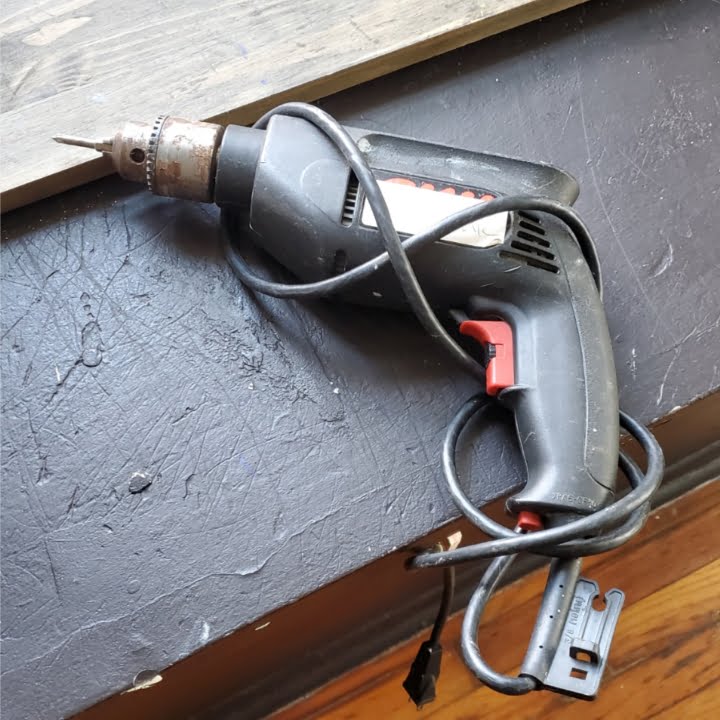Nowadays, there is an electric drill in almost every house. This is a versatile tool that can perform many functions – especially when it comes to impact drills. A question arises – why do you need drill press then? Moreover, this tool is stationary, unlike an electric drill. But there are situations when the capabilities of an electric tool are not enough. This, in particular, applies to cases where drilling must be performed with particular accuracy, or a large number of identical workpieces are drilled.
For home use, best benchtop drill press should be lightweight and not make a lot of noise. Benchtop and radial drilling machines have been created especially for use at home and in small industries. They can perform work from any angle. Bench drilling machines are small in size. They can be moved from place to place. However, such equipment has a limited amount of work – to drill holes in the material not thicker than 16 mm, to cut the thread. The pros of desktop machines – they consume a little electricity.
What Drilling Machines Exist
Stationary drilling machines come in several varieties. They are vertical-boring, inclined-boring, automatic, semi-automatic, multi-spindle semi-automatic machines, as well as horizontal boring machines. Talking about technology for the home workshop, then vertical-drilling models can be considered the most common ones.
As a rule, modern drilling machines use an induction motor and a belt drive from the motor to the spindle. This technical solution protects the motor from excessive loads. Most household machines operate on a standard 220 V mains. Three-phase 380 V power supply is more typical for industrial units.
Quantity and Quality
The main difference between the device and other similar tools for making holes is that it is able to quickly and efficiently cope with obtaining large volumes of identical workpieces. Stationary metal drilling models have several design options. They are vertical, inclined, automatic, semi-automatic, multi-spindle semi-automatic or horizontal.
You need to know how this device works. The principle of operation is that due to the drill, which is the cutting element, chips are removed from the material. The functionality of the device depends on the nozzles installed on it. Operation at low speeds provides high-quality threading, countersinking, stripping.
What if you need to make a hole in 50 workpieces, strictly to a certain depth and strictly at an angle of 90°? Using a conventional drill, you will not get a single identical hole. All of them will differ both in the depth and slope by a fairly noticeable amount.
The benchtop drill press will be able to provide high accuracy in all respects. All necessary values can be adjusted and programmed. In addition, you can cut the internal thread, perform a cleaning of the holes at low speeds. When using the appropriate nozzles, the drill press can perform the functions of a milling machine.
Features and Functions
Choosing a specific model of the press, you need to decide how often you intend to work on it and what kind of work to perform – this will let you find out the required characteristics. Power is the main indicator for almost all power tools. Drill press is no exception. In most cases, its power is not very large – from 300 to 600 Watts. It is understood that the diameter of the drills that are used in this machine ranges from 0.08 to 0.63 inches. If you need to drill holes of a larger diameter, then you may need a machine with a power of 1.5-3 kW or more.
An important function of the drill press is the ability to adjust the speed of rotation. Speed adjustment can be either smooth or stepwise. To change it, use a special switch. It can have from 2 to 20 positions. Moreover, the rotation speed is showed on a special display in the most advanced models. As a rule, the rotational speed of the spindle of the drilling machine is from 120 to 3,000 rpm.
The dimensions of the desktop are also of particular importance. The larger it is, the more stable the machine is and less prone to vibration. Moreover, you can fix a larger part on a large table.






